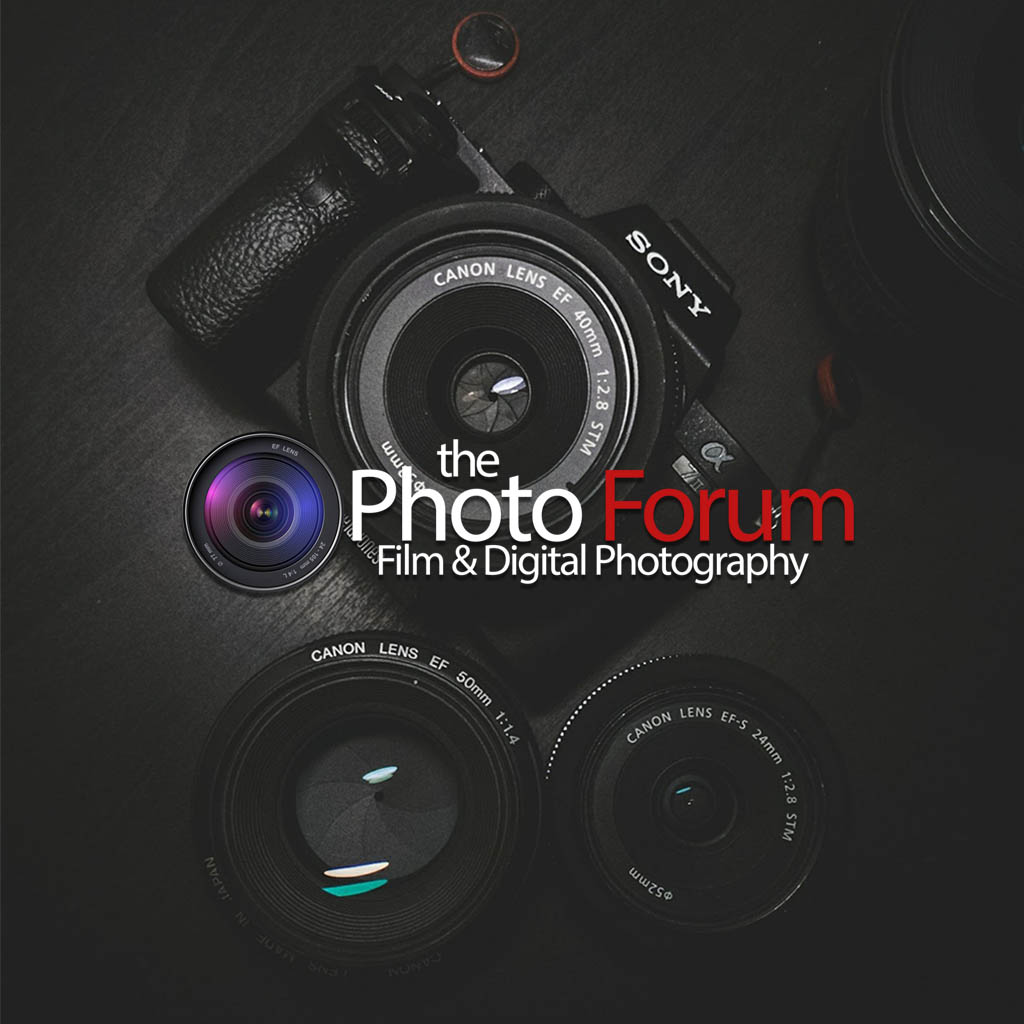Dikkie
No longer a newbie, moving up!
- Joined
- Nov 20, 2005
- Messages
- 945
- Reaction score
- 305
- Location
- Belgium / Brussels
- Can others edit my Photos
- Photos NOT OK to edit
Right here in Brussels, a couple of new analog labs opened in the past years. To sell vintage, second hand, as well as new analog cameras.
Film, development,... workshops, group street photo walks, ...
And no it's not just for the hipsters. These are just normal fine people. And they learn the young generation how to work with it, develop,...
They add postal boxes in universities and other public places, where people can drop their film.
Film gets developed, scanned and directly sent digitally by e-mail (unless you want prints).
It's a bit like the change in music record shops, CD's versus vinyl.
At this moment I know more shops where I can develop photo films than shops where you can buy CD's. And there are more vinyl shops than CD shops.
Be careful with threads about film... admins are doing everything they can to close topics promoting non-digital photography:

 www.thephotoforum.com
www.thephotoforum.com

 www.thephotoforum.com
www.thephotoforum.com
Film, development,... workshops, group street photo walks, ...
And no it's not just for the hipsters. These are just normal fine people. And they learn the young generation how to work with it, develop,...
They add postal boxes in universities and other public places, where people can drop their film.
Film gets developed, scanned and directly sent digitally by e-mail (unless you want prints).
It's a bit like the change in music record shops, CD's versus vinyl.
At this moment I know more shops where I can develop photo films than shops where you can buy CD's. And there are more vinyl shops than CD shops.
Be careful with threads about film... admins are doing everything they can to close topics promoting non-digital photography:

why won't film just die already?!
I was casually browsing the eBay and noticed that old film cameras are commanding ridiculous prices. an old Olympus Muji II going for $200, Yashica T4 (zeiss) trading for $400...and the Contax T4 (my old love) going for $1500 to $2000. Why are people still clinging on to film in the age of far...

Is film based photography still viable, to include darkroom?
Been out of photography things for too many years. Is film based photography still viable, to include darkroom fun? I have most of the things, even to include a Beseler 45 MXT enlarger with a condenser head, which I would have killed for back in the day. All I had then was an Omega C760 with...











